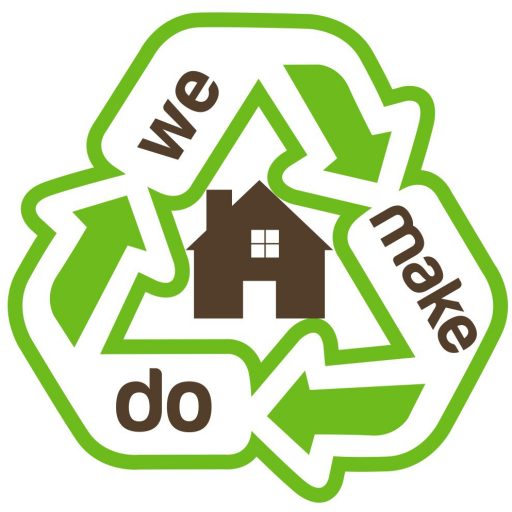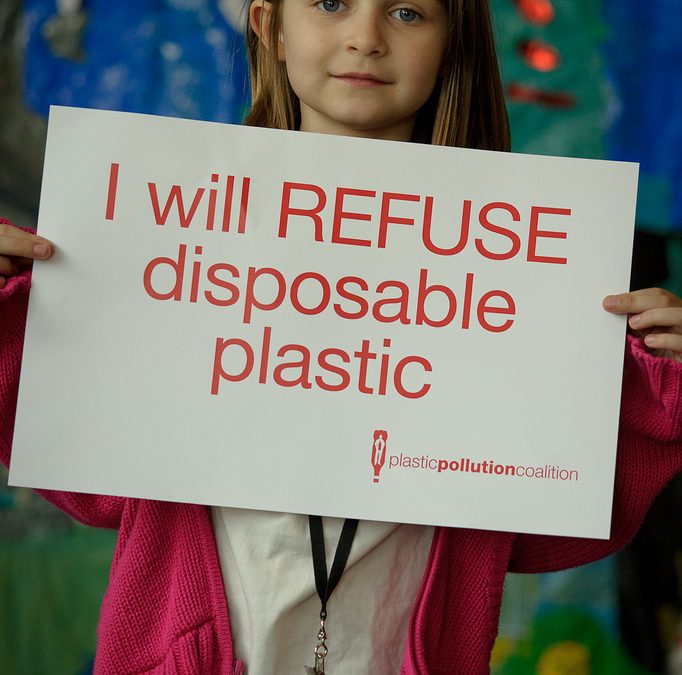My wife and I looked at each other…hmmm…”we both looked thinner? Or fitter? Or something?”. It had to be as a result of our newly restricted diet in July, an unexpected result of avoiding any food wrapped in disposable plastic packaging. We had two friends over for dinner who we’d last seen only a month ago, and they were so certain we both looked thinner that they said it a few times during our evening dinner. They also knew about our July challenge as we had explained the frustrations involved and so we put it down to the distinct lack of snack-able junk in the house as it generally tends to be wrapped in plastic. Who’d have thought of this as a sideline benefit of trying to live plastic free?
We had noticed that later in the evening when the kids were asleep, that a final snack before bed was just a lot harder to put together, no crackers, a lot less bread (we were waiting for the weekly farmers markets to get our bread unwrapped and had been getting the quantities a little short), no biscuits or dessert type snacks either – no bedtime bowl of cereal unless we made more granola, and at this point there was just more pressing gaps in our diet.
To be honest it was a little frustrating, but probably quite a bit healthier for us. Mrs Makedo confessed to greedily stuffing down ”a lot of cake” when generously offered it at a friend’s house due to the recent deficit in her diet.
When at home with the kids, Mrs Makedo has regular callers for playdates. It was interesting to notice how different people responded to conversations about packaging waste. The older friends (say, over 50) thought it was just “going too far” and a little ridiculous. Yet in the same conversation, would fondly reminisce about a time when things just weren’t so packaged, i.e. paper around meat from the butcher, milk from the milkman, and cloth bags for all produce. Some friends might leave more plastic behind (after kindly bringing fruit and snacks) than our house had generated in two weeks. Other friends who had been aware of the pointlessness of excess packaging were spurred on to make changes themselves, and now meet Mrs MakeDo at the Farmer’s Market with their own coffee mugs and food containers in hand. From a quick poll of friends, we’d say there are definitely more people interested and supportive of this than not. But many still feel overwhelmed at how to start.
We had been thinking of trying to move towards “zero waste” – just in time for Zero waste week in September. But at the same time this is turning out to be tougher than we expected and so some of us at least are looking forward to a break in August before we regroup again. But for sure some of these habits will never leave us now. The thought of buying a plastic bottle to drink the water and then simply throwing it away has always seemed silly. Now having one’s broccoli or apples wrapped in plastic seems equally pointless, but with serious consequences that we as a family are much more aware of.
Please, please take a moment to follow this link to plastic-pollution.org and if you only scroll through the pictures to get a feel for the extent of the plastic waste problem then this excellent report from 2009 (updated this year) has done its job. Whether one decides to do anything about this particular issue is of course a personal decision (and there are countless causes looking for our attention these days), but do keep in mind that this is one cause that we the consumers have full control over and is a direct result of our purchasing choices. The manifestations of this waste problem are largely hidden for most people in the developed world where the majority of the waste is generated, while people living in other parts of the world see the disastrous consequences before them.
©© tedxgp2 / Plastic pollution coalition



This is a very motivational blog and really gets one thinking. I especially appreciated the informative tone of the writing. It appeals to logic and is not preachy or prone to create guilty feelings, which generally do not lead to action but to defensive reaction! Thank you to the Makdo family for your efforts on behalf of our shared environment!
Thanks Bev for the kind words. We aim only to share and inform and hope some readers will find the information useful and interesting.